Asia. Walking together.
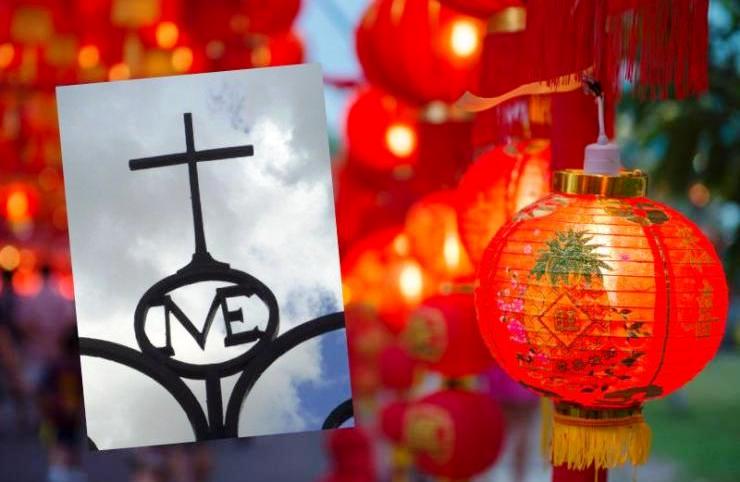
The experience of the Missions Etrangères de Paris which from Europe paved the way for evangelization on the continent in the 17th century. The commitment to the church in China. The reception of Asian priests in France. We talked with Father Vincent Sénéchal, the Superior General Father of the Missions Etrangères de Paris
“We are currently around 150 missionaries present in 14 different countries: 12 in Asia and two in the Indian Ocean, Madagascar and Mauritius – said the superior general Father Vincent Sénéchal, a missionary in Cambodia for years -. In the 17th century, we were founded to accompany the growth of the Churches in Asian countries. What does this charism mean today? Of course, the mission has changed since then. Interreligious dialogue is an example of this: living in India cultivating relationships with Hindus, Buddhists and Muslims is something we have never done before and also helps us reflect on evangelization. But our main task remains the same: to strengthen the Church where it is numerically small, to evangelise together with local communities. And we do this by trying to respond to their needs: in some contexts, it means helping in the training of local clergy. But there are others where the Church is still being born today: I think, for example, of the diocese of Port-Bergé in Madagascar, where Catholics are a small minority and where the bishop is still one of our missionaries.”
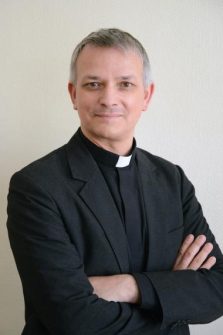
Father Vincent Sénéchal, the Superior General Father of the Missions Etrangères de Paris.
A role, therefore, of service to the local Churches, rather than carrying out their programs: “Many bishops tell us: we are grateful because you come to stay with us, not to build your house here – continued Father Sénéchal -. For us, this is a fundamental face of the missionary spirit.”One of the forms of this service is also the welcome given in France to priests who come from Asia to study at the Catholic Institute of Paris, the most important French theological faculty. “We usually accommodate between 65 and 70. Today, more than a third are Vietnamese, other large groups are Indians, Koreans and Indonesians. They stay in our community in Paris for a few years.”
Among these students, there are also some priests from mainland China. “We try to work for the unity of the Church in China – explained the vicar general of the Missions Etrangères de Paris, Father Étienne Frécon, a missionary in Taiwan -. We know that there are wounds to heal and that it will take a long time: we try to maintain a balance, to be attentive to the sensitivities of all Catholics in China, including the underground communities. But it is important that priests and bishops of the “official communities” can go out and have contact with the Churches of the rest of the world. The mission in China is friendship, being brothers, with simple gestures: it is a different commitment compared to our presence in Hong Kong or Taiwan, but it is a concrete way to support
these communities.”
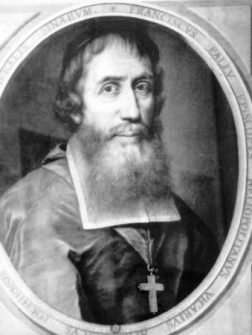
François Pallu, founding father of the Paris Foreign Missions Society. CC BY-SA 4.0/Archive MEP
The Missions Etrangères de Paris are aware that Asia itself is a protagonist in the mission today, even in a land like France. “These local Churches have been helping for some time now. Personally, I come from a French diocese where one of our missionaries died a martyr in Korea in the 19th century. Well, today in Le Mans we have six Korean priests. Evangelizing is also this”, assured Father Sénéchal. The parable of the Vietnamese Church is also very significant: “From its foundation to today – continued the superior general of the MEP – our institute has had around 4,300 missionaries: of these, 1,200 have carried out their ministry in Vietnam. This is a community that has experienced harsh persecution, with priests killed or expelled, and many injuries. Today we no longer have missionaries there, but there is great vitality in the local Church. Catholics make up around 8% of the population and are a significant presence: they too send missionaries all over the world. They have never separated but always walked together. We continue to support them in their needs, but they themselves are creative. For example, Ho Chi Minh City, formerly Saigon, is a city that has grown a lot in recent years. Thus, the local Catholic communities have been divided into groups to create new parishes: to each, they sent missionary teams made up of a priest and some lay people. As soon as they can, they open churches, built with very simple materials. They accompany the changes in the country.”
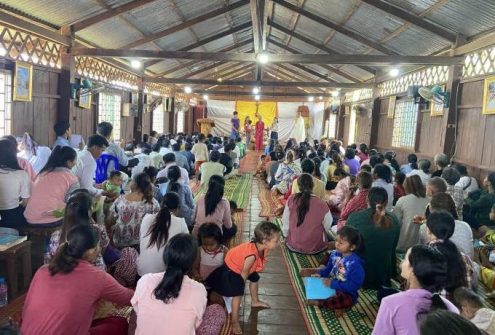
A Christian community in Mondolkiri, in the northeast of Cambodia. Photo: MEP
“When I go to Vietnam – added Father Sénéchal – I am always very struck by how strong the local lay people are in their faith, also nourished by organizations such as the Legio Mariae or the Sacred Heart Group. I am also struck by how much they cultivate the memory of the roots of their own Church: this year the episcopal conference decided to start the cause of beatification of the first two bishops of Hanoi and Saigon, François Pallu (1626-1684) and Pierre Lambert de La Motte (1624-1679), two missionaries of our institute. I found it a courageous gesture: despite the wounds of history, they want these two Frenchmen to become blesseds. They are capable of going beyond the criticisms of those who say that Christianity in Asia is the religion of foreigners. They say: they are our bishops; this is the Church.”
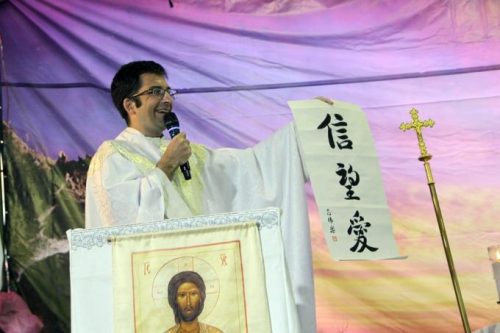
Father Nicolas de Francqueville in Taiwan. Photo: MEP
The enduring strong bond with the Churches of Asia is also a sign for France of today: “In Paris – commented Father Etienne Frécon – our task is to promote the mission ad gentes, sharing the experience we live in the world. We have a volunteer program for young people and vocational animation activities. There is the museum in our headquarters on rue du Bac, the Hall of Memory of our Martyrs. A few years ago, we also created an institute of research on Asia, which works on our historical archive but also includes a library with thousands of books on Asia and in Asian languages, a photo library, maps… All materials are available to students and scholars. Our goal is not so much to have many activities in Paris or France, but to share the experience we lived in the field on mission.”
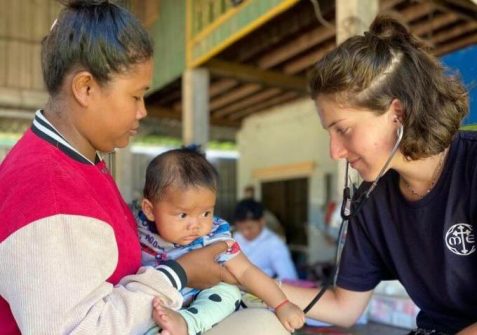
A young MEP volunteer in Cambodia. “We do not propose taking a job in a developing country, but a way to live the mission”. Photo: MEP
The proposal to young French people to experience a period of volunteering on a mission also fits into this spirit. “These are experiences that can last from a few months to two whole years – continues the vicar general of the institute -. We do not propose taking a job in a developing country, but a way to live the mission. Some collaborate directly in pastoral activities; others work in boys’ hostels or slums. Sometimes in their service, they also work with other congregations.” (Open Photo: Chinese lanterns and the Symbol of the Missions Étrangères de Paris. 123rf)
Giorgio Bernardelli/MM



